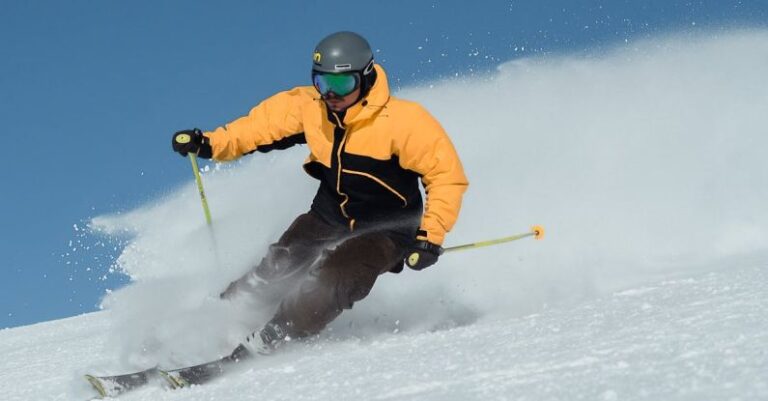
As winter approaches, outdoor enthusiasts are gearing up for cold-weather adventures. Whether you’re a skier, snowboarder, or just enjoy spending time outdoors in the snow, having the right gear is essential to staying warm and comfortable in harsh conditions. In recent years, high-tech winter gear has become increasingly popular, promising to enhance performance and provide better protection against the elements. But can these advanced technologies truly make a difference in your winter sports experience? Let’s explore the potential benefits of high-tech winter gear and how it could improve your performance in cold weather.
Enhanced Insulation and Breathability
One of the key features of high-tech winter gear is its advanced insulation properties. Traditional winter clothing often relies on bulky layers to keep you warm, which can restrict movement and hinder performance. High-tech fabrics, such as Thinsulate and Gore-Tex, provide superior insulation while remaining lightweight and breathable. This means you can stay warm and comfortable without feeling weighed down by heavy layers, allowing for greater freedom of movement and improved performance on the slopes or trails.
Improved Moisture Management
Moisture management is crucial for staying warm and dry in cold weather, especially during high-intensity activities like skiing or snowboarding. High-tech winter gear is designed to wick moisture away from the body, keeping you dry and comfortable even when you’re working up a sweat. This not only helps regulate your body temperature but also prevents chafing and irritation, allowing you to focus on your performance without distractions.
Enhanced Durability and Weather Resistance
High-tech winter gear is engineered to withstand the rigors of outdoor activities in harsh conditions. Advanced materials and construction techniques make these garments more durable and weather-resistant than traditional winter clothing, ensuring they can hold up to whatever Mother Nature throws your way. Whether you’re braving strong winds, heavy snowfall, or freezing temperatures, high-tech gear is designed to keep you protected and comfortable so you can stay out longer and perform at your best.
Improved Fit and Functionality
Another benefit of high-tech winter gear is its superior fit and functionality. Many high-tech garments are designed with features like articulated sleeves, stretch panels, and adjustable hoods to provide a tailored fit that moves with your body. This ergonomic design not only enhances comfort but also improves range of motion, allowing you to move more freely and efficiently. Additionally, high-tech gear often includes specialized pockets, ventilation zippers, and other functional elements that make it easier to store essentials and adjust your clothing to suit changing conditions.
Potential Drawbacks and Considerations
While high-tech winter gear offers numerous benefits, it’s important to consider potential drawbacks before making a purchase. High-tech gear tends to come with a higher price tag than traditional winter clothing, so cost may be a limiting factor for some consumers. Additionally, the advanced technologies used in these garments may require special care and maintenance to ensure their longevity and performance. It’s also worth noting that while high-tech gear can enhance your comfort and performance in cold weather, it’s not a substitute for proper technique, skill, and experience in your chosen winter sport.
In conclusion,
High-tech winter gear has the potential to significantly improve your performance and comfort in cold weather conditions. From enhanced insulation and breathability to improved moisture management and durability, these advanced garments offer a range of benefits that can enhance your winter sports experience. While high-tech gear may come with a higher price tag and require special care, the advantages it provides in terms of fit, functionality, and weather resistance make it a worthwhile investment for outdoor enthusiasts looking to stay warm and perform at their best in the winter months.





